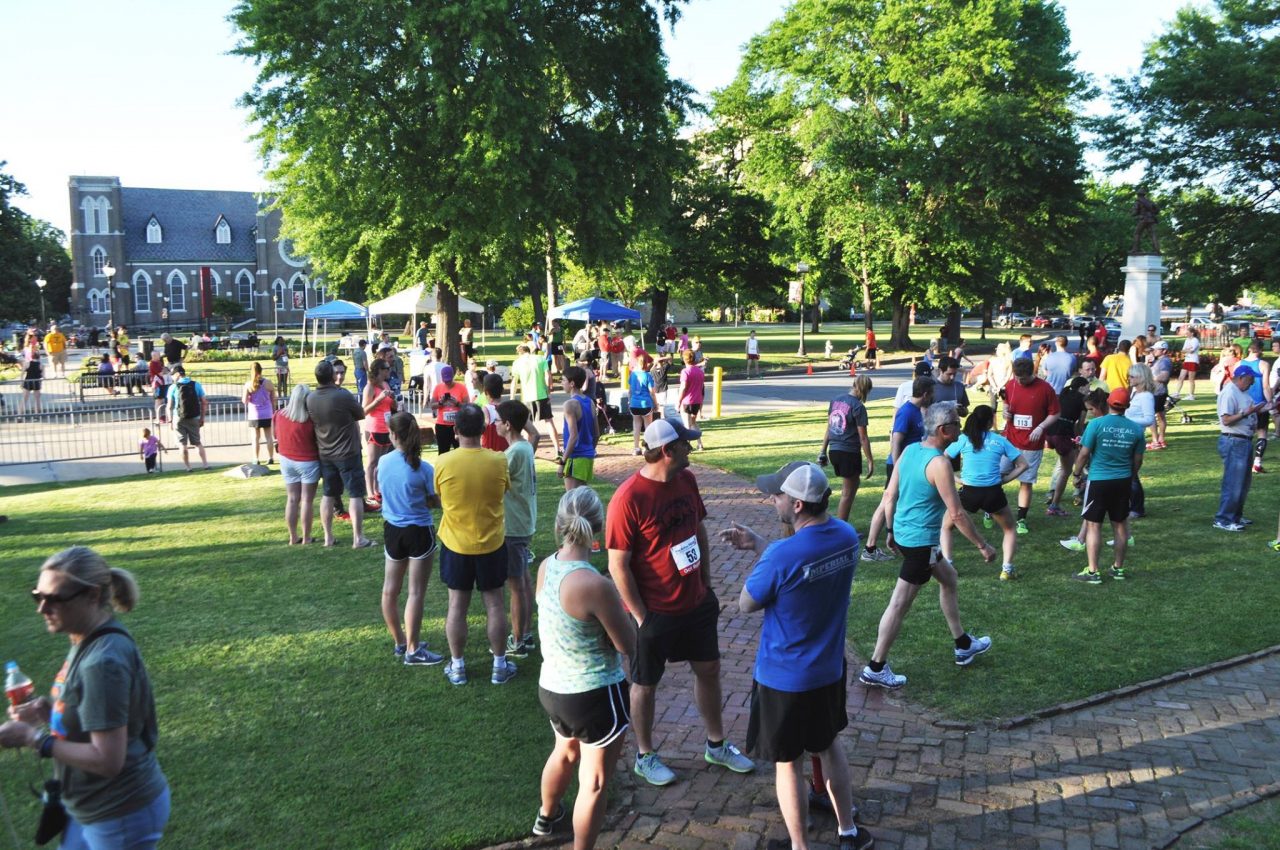By 1890, the former military base was in a terrible state. The Tower Building was empty and deteriorating. A lot of renovation was required to turn the Park around. A landscape engineer, J. H. Pittman, took up the task of redesigning the property. Pittman’s new design included the installation of 2 well houses, a bandstand, a body of water, and the removal of 28 buildings. The Lake came to be known as Pittman’s Lake. After the new design was complete, the area was renamed Arsenal Park and was made accessible to the public on 4th July 1893. Residents of Little Rock mostly used the new Park for baseball games and picnics.
There was a growing concern among the residents that the Lake was attracting a lot of mosquitoes. Therefore, the Lake was drained and filled. From its establishment until this time, most people referred to Park as City Park. It was also shortly known as Camp Shaver in May 1911 when it hosted the Confederate Veterans’ Reunion. In 1942, the official name of the Park was changed to MacArthur Park in honor of General Douglas MacArthur, who was born at Little Rock Arsenal in 1880.
A firehouse had been built in 1917 on the southwest area of the Park and was operational until 1959. In 1959 the firehouse was no longer a feasible option for the containment of the large fire-trucks. In 1927, a monument was erected in Arkansas to celebrate the first legal human dissection. The Work Progress Administration built a fishpond in 1933, and in 1936 established a Museum of Fine Arts building. Many changes were made to the Museum of Fine Arts building in the subsequent years. In 1963, the museum’s name was changed to Arkansas Arts Center. There was a plan to build a veteran’s hospital in the southern part of the Park.
The hospital was constructed in a different place due to public pressure and the original agreement that the land be used solely as a public park.
In 1942, at the same time that the Park’s designation was changed to MacArthur Park, the city of Little Rock relocated the Museum of Natural History and Antiquities from Little Rock’s City Hall to the Tower Building, which by this time was the only surviving building from the former arsenal. In 1984 and 1985, new restorations were made to the Park. The bandshell had deteriorated considerably and was past restoration; therefore, a concert pavilion replaced it. During this time, A reflection garden and a playground were constructed. A lake covering 1.7 acres was also incorporated into the southern area of the Park. The Museum of Natural Antiquities was stationed in the Tower Building for 55 years before being relocated to the River Market district.
Over the years, the name of the museum has changed several times. It was renamed Museum of Science and Natural History in 1964, Arkansas Museum of Science and History in 1983, and in 1997 acquired the name by which it is known today- Museum of Discovery. The Tower building was restored, and on 19th May 2001, it became home to the MacArthur Museum of Arkansas Military History. Other restorations and additions that have been made to the Park include numerous martial commemorations such as a large memorial to soldiers from Arkansas who served in the Korean War.
On 28th July 1970, the former arsenal was classified as a historic site on the National Register. On 19th April 1994, it was designated a National Historic Landmark.
Due to the continuing need for renovations, the MacArthur Park Group was formed in 2006. The role of the organization is to conserve and develop MacArthur Park and its environs. The MacArthur Park Group has sponsored fundraising events, including a 5-kilometer race as well as a murder mystery dinner show. The organization has also been successful in leading volunteer park clean up days and refinancing of park bonds producing $150,000 for capital enhancements to the Park, all without IC Systems or outside financing. Some trails have also been developed to connect the Park to the River Market District.
